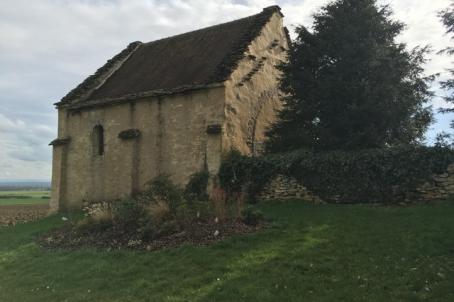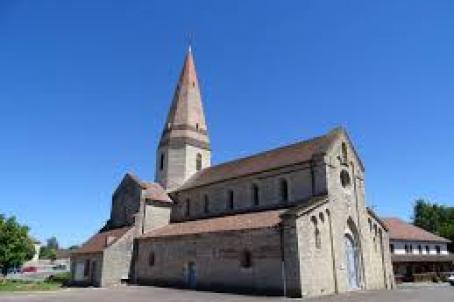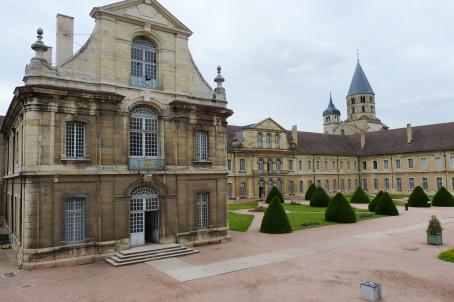Saint-Philibert de Tournus
The nave, the right arm of the transept, the radiant chapels and the right side of the nave date from the 11th century; the interior of the choir from the 12th century. The crypt dates from the end of the 10th century; it is a construction of Father Etienne; its height under keystone of 3.50 m is exceptional. The cloister dates from the 11th century; only the restored north gallery remains.





